A birth complication refers to an adverse event that occurs during pregnancy or labor that affects the health of a mother or her baby. Some birth complications occur more commonly but are considered less serious because they can be easily treated with no lasting consequences. However, some birth complications can lead to permanent injury or even death for a mother or baby. Here are some examples of the most dangerous birth complications.
Uterine Rupture
Uterine rupture is a condition where the lining of the mother’s uterus tears open. Depending on the size of the tear, amniotic fluid or even the baby can slip out of the uterus and into the mother’s abdomen. Uterine rupture is considered one of the most dangerous birth complications because as soon as one occurs, the baby faces an immediate risk of oxygen deprivation and resulting brain damage. A uterine rupture will require an emergency cesarean section to deliver the baby and avoid brain damage. While this can be done when the mother is already in the hospital for delivery, a uterine rupture that occurs outside the hospital often means that a C-section cannot be performed in time to avoid brain damage to a baby.
Shoulder Dystocia
Shoulder dystocia occurs when a baby’s shoulders get stuck on the mother’s pelvic bone as the baby passes through the birth canal during delivery. Shoulder dystocia can cause physical injury to the baby, including dislocating the shoulder or damaging soft tissues or nerves, particularly when the delivery team employs excessive force to pull the baby through the birth canal. This can lead to long-term or permanent conditions such as brachial plexus injury or Erb’s palsy. If a baby is not quickly freed from shoulder dystocia, they may also be at risk of oxygen deprivation, potentially leading to brain damage or cerebral palsy.
Umbilical Cord Prolapse
An umbilical cord prolapse refers to a situation where the umbilical cord passes through the birth canal before the baby. This can lead to serious complications if the baby’s head or body pushes on the umbilical cord, as it can cut off the baby’s oxygen supply before the baby is delivered and can begin to breathe on their own. Fortunately, umbilical cord prolapse is one of the rarest birth complications.
Chorioamnionitis
Chorioamnionitis is a bacterial infection of the fetal membranes or the amniotic fluid. This infection usually begins in a mother’s vaginal area and then later spreads up the birth canal. An infection of the fetal membranes or amniotic fluids can lead to a disruption in the flow of oxygen and nutrients to a baby, potentially triggering premature labor or causing brain damage and conditions such as cerebral palsy.
Fetal Macrosomia
Fetal macrosomia refers to a situation where a baby is considered too large to be safely delivered vaginally. While there is nothing inherently dangerous when a fetus is large, obstetricians do need to confirm the size of a baby before deciding whether vaginal delivery is safe. Large babies are much more likely to experience one of the other above birth complications, such as shoulder dystocia.
Contact A Medical Malpractice Attorney for a Consultation About Your Birth Injury Case in New Jersey
Were you or a loved one injured due to medical malpractice in New Jersey? Then you need to talk to an experienced medical malpractice lawyer as soon as possible for guidance on how to proceed. The Haddonfield birth injury attorneys at Andres, Berger & Tran P.C. are prepared to assist you with your legal claim. We represent victims of negligent surgeons, doctors, nurses, and pharmacists throughout New Jersey, including Pennsauken, Voorhees, Lindenwold, and Collingswood. Call us today at (856) 795-1444 or fill out our online contact form to schedule a consultation. Our main office is located at 264 Kings Hwy. E., Haddonfield, NJ 08033.
The articles on this blog are for informative purposes only and are no substitute for legal advice or an attorney-client relationship. If you are seeking legal advice, please contact our law firm directly.
